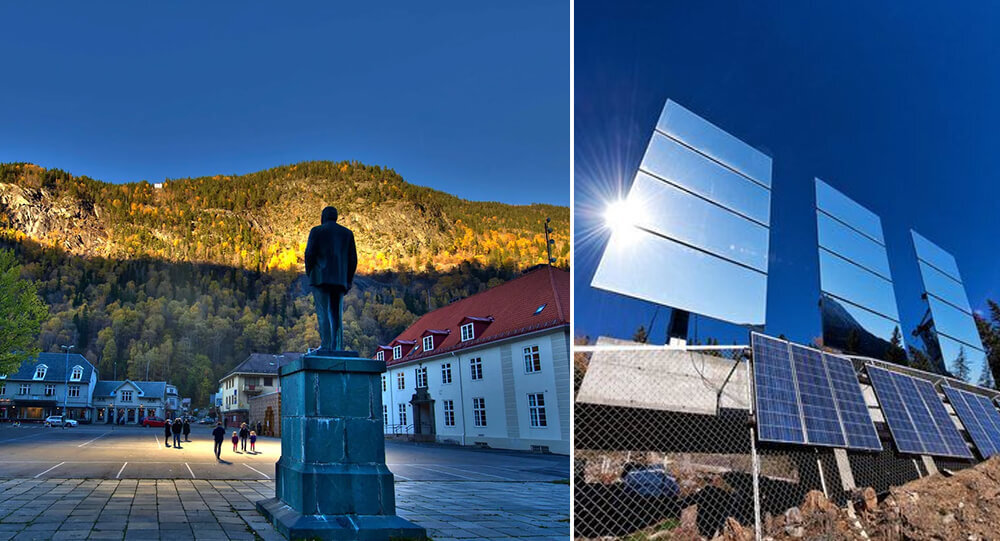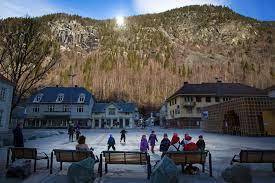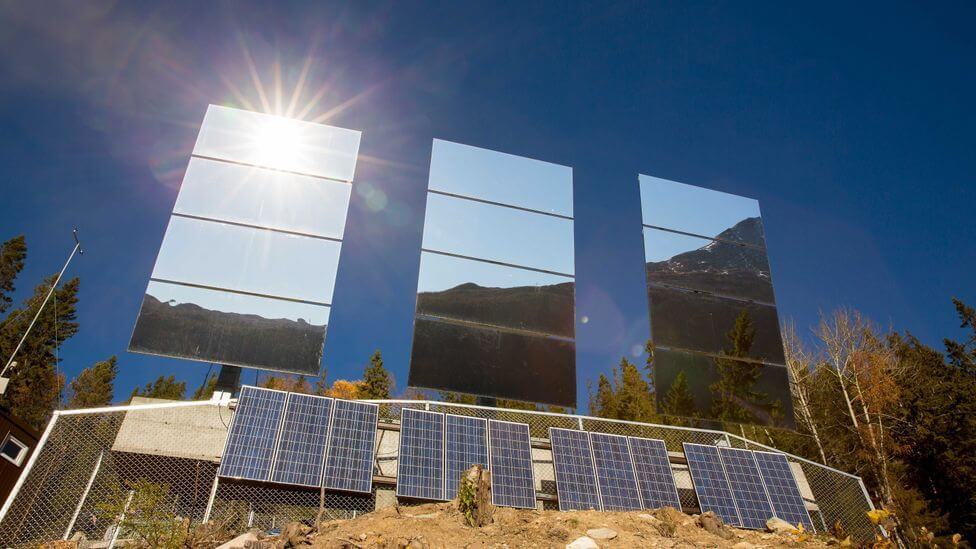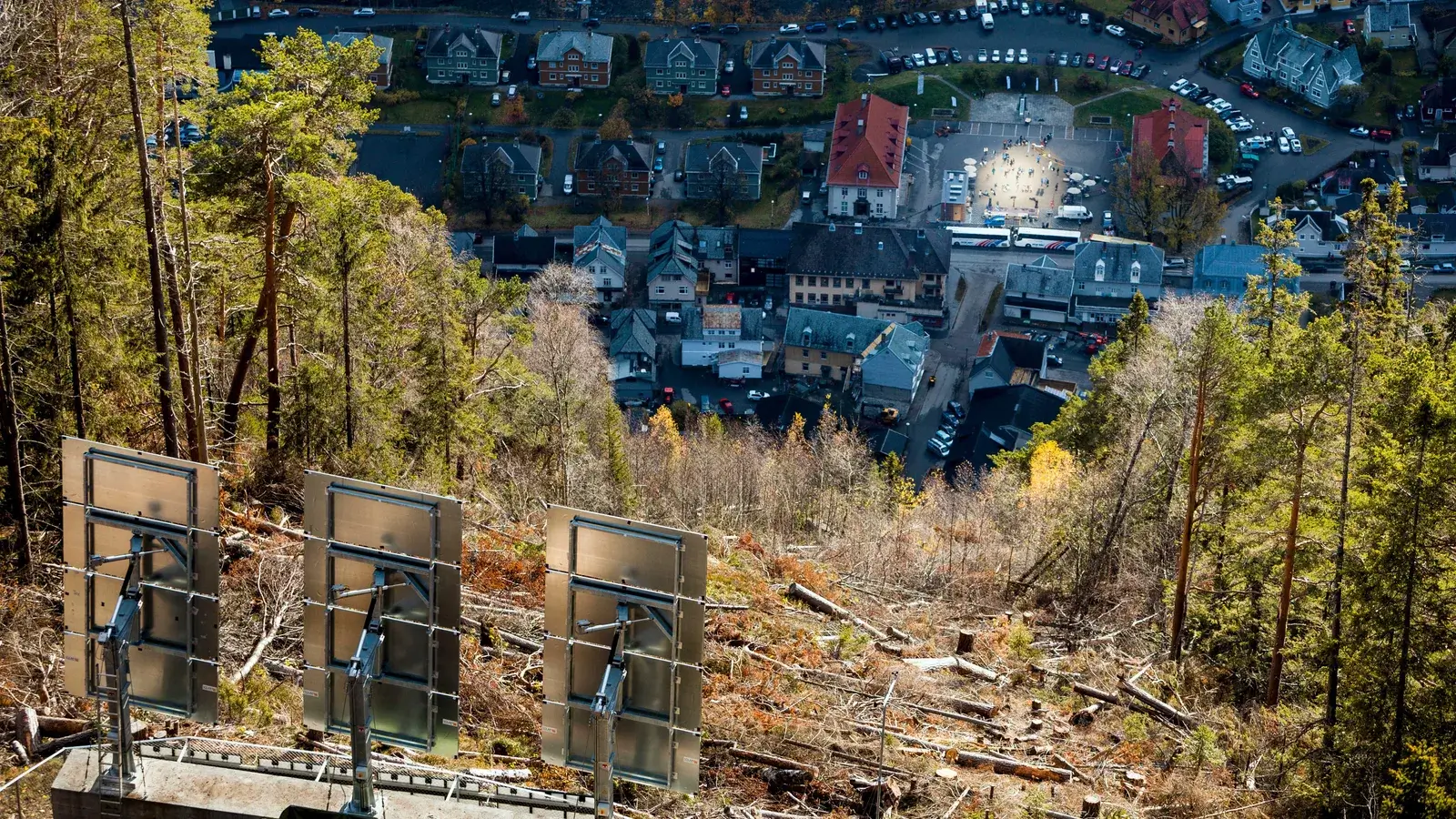

The Giant Mirrors Brought Sunlight to Rjukan
Sam Eyde, the man who founded Rjukan, proposed the idea of a “Solspeil,” or sun mirror, above Rjukan in 1913. He realized the value of the “sun in Rjukan” during the winter. Additionally, he needed to provide his employees with opportunities for wintertime sunlight. One of the few concepts that Sam Eyde was unable to carry out to completion was this one.
Instead, to get the people of Rjukan to the winter sun, his successors built a gondola in 1928. The name of this gondola is Krossobanen. It continues to be useful and serves as a vital link between the town and the mountains, where the sun’s rays are restricted in the winter. Every year, Krossobanen transports thousands of people to the mountains.

Delivering the sun to the people of Rjukan is a concept that was first conceived in 1913 and has now been made possible by modern technology.
Martin Andersen, an artist and local resident, revived the concept in 2005. The mirror was formally inaugurated in 2013 – 100 years after the concept.
The town square in Rjukan is surrounded by a computer-controlled heliostat that collects the sun’s rays and directs them there. The three heliostats are made up of computer-controlled mirrors that track the sun as it rises and set and reflect its rays into the market square in Rjukan.
Technical specifications
At a height of 742 meters above sea level, or roughly 450 meters above the Rjukan market square, the sun mirror is constructed on the mountainside. Each mirror has an area of 17 meters, totaling 51 meters squared.

The market square has an elliptical shape with a size of about 600 m2, and the mirrors reflect the sunlight into it. Compared to the light that is captured by the mirrors, the effect of the light that is reflected is between 80 and 100%.
Rjukan
The industrial town of Rjukan is located at the base of the huge Gaustatoppen mountain, deep within the confined Vestfjord valley in Telemark, which is ringed by high mountains.

A thriving small community called Rjukan makes do for nearly half of the year without the sun. The town is located at the bottom of an east-west oriented valley, and the Gaustatoppen (1883 meters above sea level) and other nearby mountains to the town’s immediate south block the sun from September to March.
The hydro story played a crucial role in the founding of the town, which was developed by Norwegian industry. Sam Eyde, the man behind Hydro, constructed Rjukan at the start of the previous century. The town, a so-called “company town,” was planned by Norsk Hydro with the top architects and engineers of the time.


